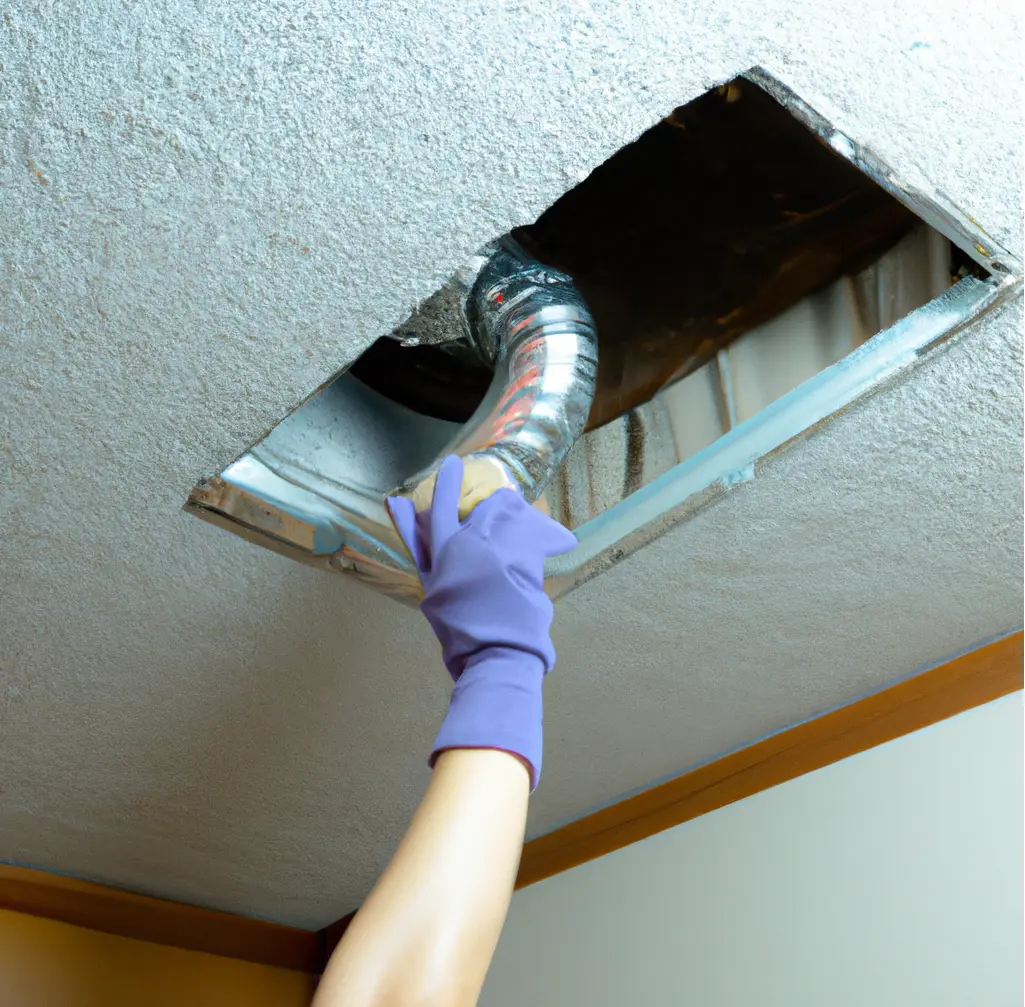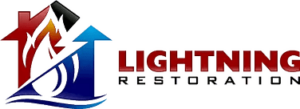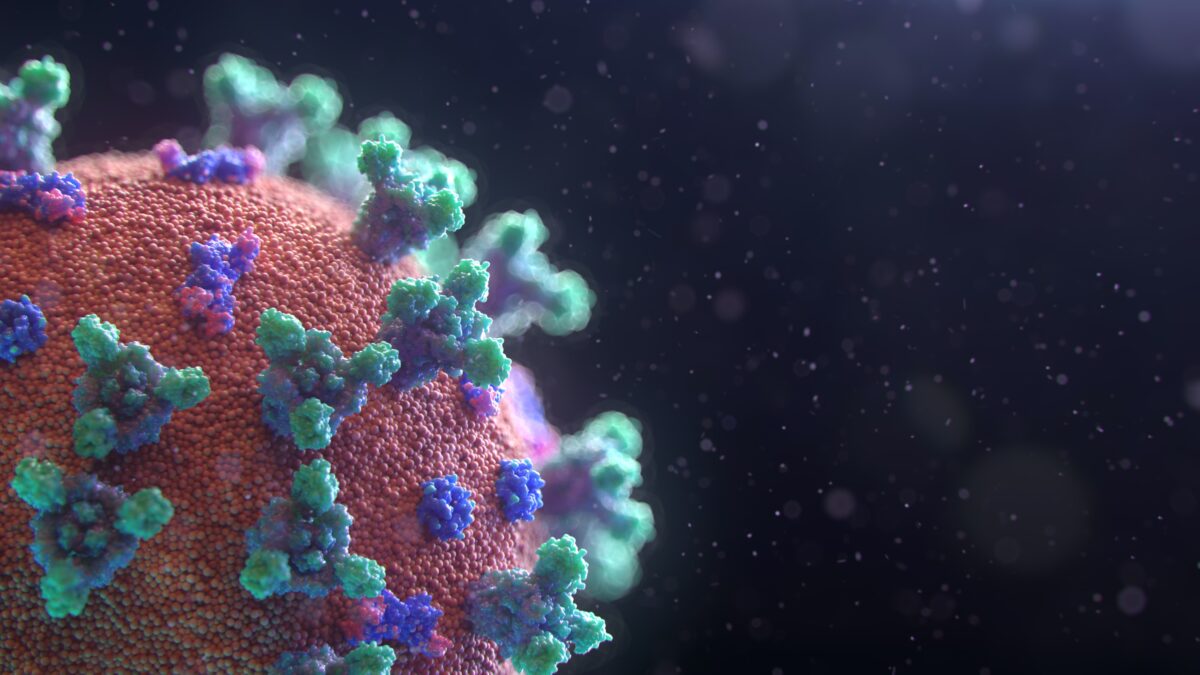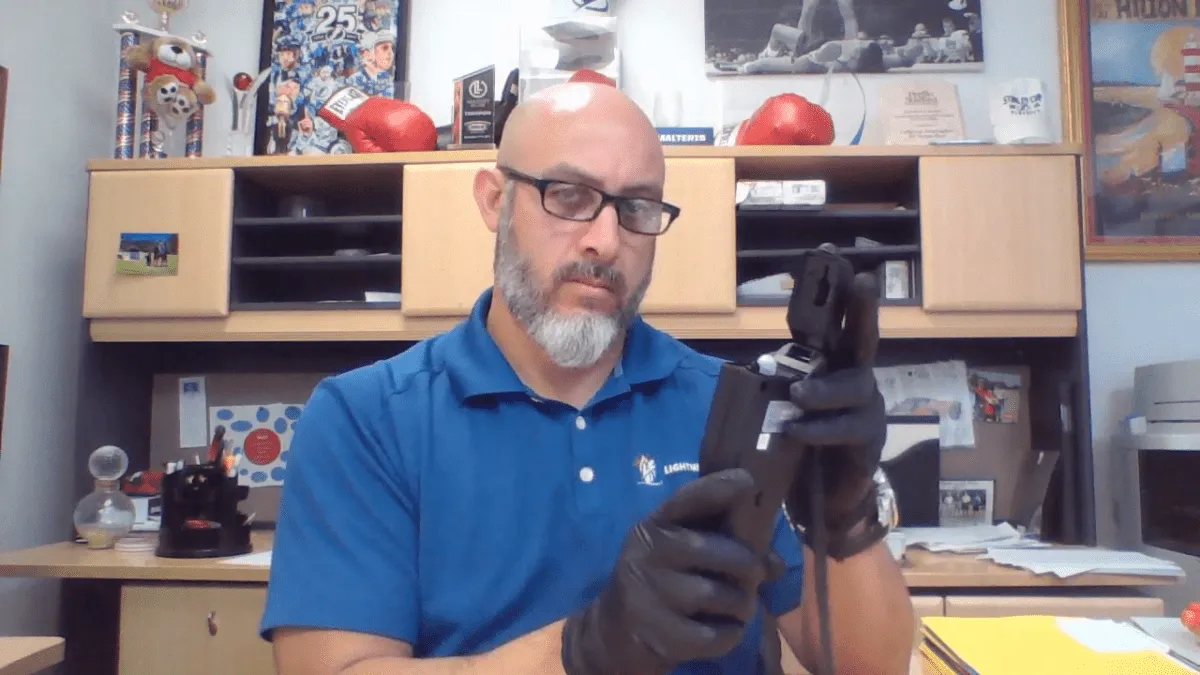4 Signs that your Air Ducts Need Cleaning

Air ducts play a crucial role in providing clean and fresh air in our homes and buildings. However, over time, air ducts can become clogged with dirt, dust, and other contaminants that can negatively impact indoor air quality. Regular air duct cleaning is essential to maintain the health and efficiency of your heating and cooling system, but how do you know when your air ducts need cleaning? In this blog, we will discuss some common signs that indicate it’s time for an air duct cleaning.


